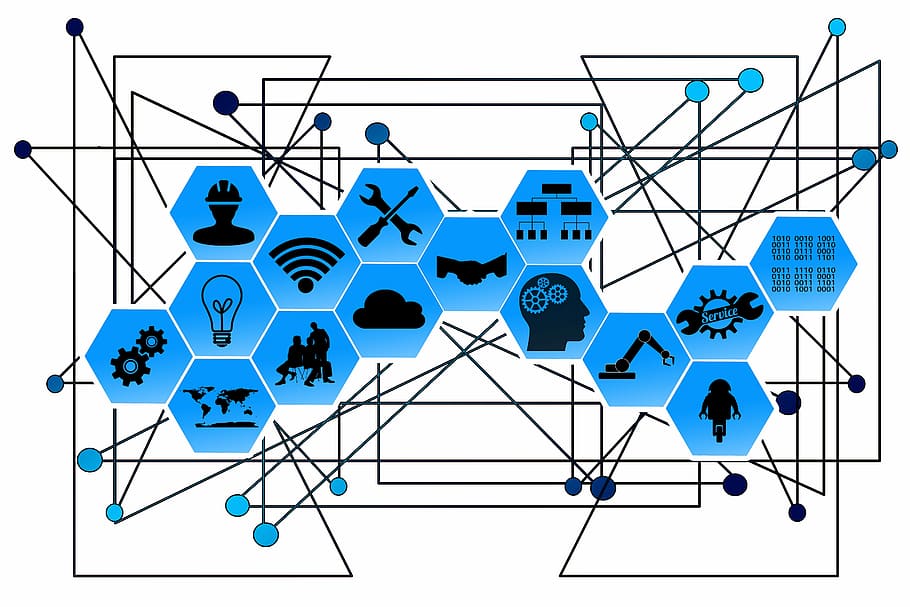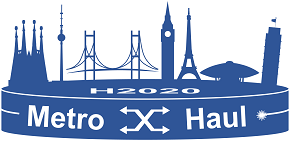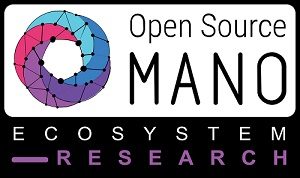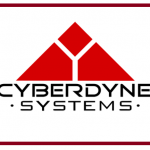Metro-Haul Releases a discussion document for “Optics Research for Future Smart Networks and Services”
 Infrastructure projects on a national or international scale are a rare occurrence, due to their size, cost and complexity. Historical undertakings such as the construction of a comprehensive rail network, the telegraph network, sewage systems, the electrical grid and water supplies are just a few examples of the many large-scale projects that have been completed over the last 150 years. However, the 21st century has seen the start of arguably the most ambitious infrastructure project yet undertaken: the wide-scale deployment of national access optical fibre-based telecommunications networks across Europe.
Infrastructure projects on a national or international scale are a rare occurrence, due to their size, cost and complexity. Historical undertakings such as the construction of a comprehensive rail network, the telegraph network, sewage systems, the electrical grid and water supplies are just a few examples of the many large-scale projects that have been completed over the last 150 years. However, the 21st century has seen the start of arguably the most ambitious infrastructure project yet undertaken: the wide-scale deployment of national access optical fibre-based telecommunications networks across Europe.
This is a project that will present several unique challenges. First and foremost, the network architecture design will have to endure for 100 years or more. The cost associated with a European-wide fibre build is hard to determine but can be estimated to stretch into the hundreds of billions of dollars and take decades to implement. There is currently an underlying impression that most of the hard work and research objectives have already been realised when it comes to optics technology. This could not be further from the truth and there are still several critical areas to be explored. A well provisioned fibre optic network will provide the foundations upon which our connected world will be built. Optical technology will underpin 5G+ networks, provide consumer broadband, support future smart cities and provide connectivity for both critical and non-critical IoT applications. It is also important that ways are found to integrate these different strands seamlessly into a global, standardised network.

Future provisioning of the network will also present a problem, mainly due to the rapid development of optical technology. It is a reasonable assumption that the current fibre installation will need to be able to adapt to multiple incoming, disruptive technologies, many of which are still to be realised. Component cost is still extremely high in some applications, which is prohibitive to mass deployment in areas that lack the economic concentration of large cities or data centres. A concerted effort is required to ensure that collaborations between different vendors, network providers and governing bodies all move in the same direction, creating a network that is transparent and interoperable. The implementation of disruptive, data hungry technologies such as 5G, without proper provisioning, has the potential to create bottlenecks within the network. This problem will be amplified as network providers deal with continued exponential traffic growth. In addition to this, the next few decades may also see a gradual change in how we consume optical technology. In much the same way that the electronics industry moved from specialist equipment and components to a consumer-based market, optics may do the same.
The increased awareness and emphasis on creating a “green network” has seen a drive to ensure that the underpinning technology and practices are as environmentally friendly as possible. Creating a clearly defined framework to achieving a “green network” structure is vital to ensuring future builds are not constrained or prohibited by environmental regulations. Ensuring that the network is energy-, heat- and space-efficient, whilst approaching a carbon neutral status, will be a high priority for the future.
We intend for this paper to serve as a framework to gather together the many different strands of optical research that underpin the network. We aim to provide a concise introduction to the current status of each topic and present the case for the need for continued investment and further research.
You can read the full-paper here metro-haul-white-paper-issue-2.




